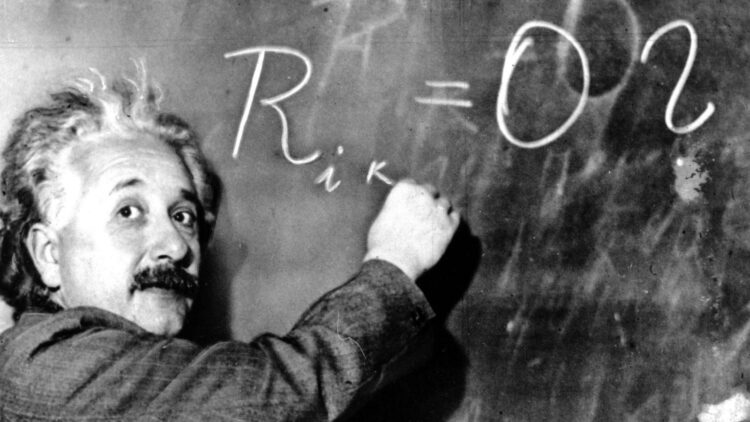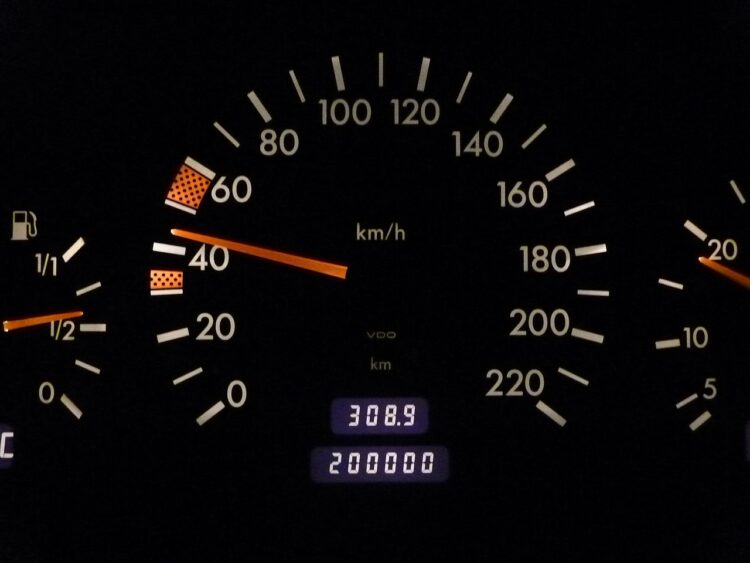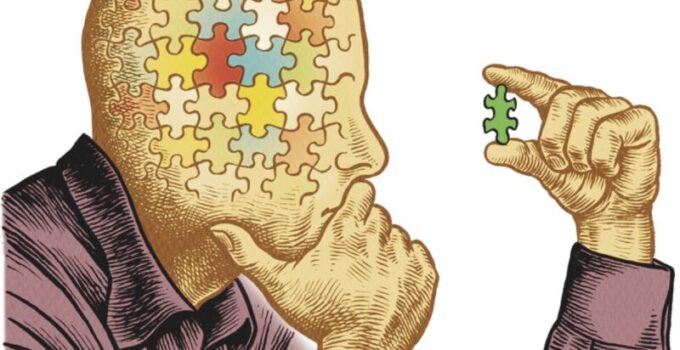Converting units can be pretty challenging, especially if you have not done it by now. When you see all those digits, it can seem scary, and you may want to just give up and hope that you will pass the exam, or that you won’t ever have to do the conversion in real life. One thing that you should know is that conversion is much easier than you may think, and here, we are going to list some tips and tricks that will help you with converting metric units in your head.
Page Contents
Learn who the most commonly used units are
The first thing that you want to do is understand if you want to learn how to convert metric into imperial, or if you want to just stick to converting different metric units into smaller or bigger ones.
For the former practice, you may need to take some time and understand how the values change depending on the system used. When it comes to just converting Metric into Metric, it is far easier, since the units can be easily divided by 1, 10, 100, 1000, and so on. This system is pretty simple for beginners and it makes more sense.
Make a list of all the units that you want to master and start understanding the connections between them. For example, if you want to learn how to convert mass, you can see that one kilogram equals 1000 grams, but on the same note, one kilogram equals 2.2 pounds. It can be challenging to learn how to covert in different systems, so stick to one until you get a hold of it.
Know which units are the ones that you want to learn right away, and start from there. Make sure you learn mass, temperature, area, length, and time, and once you know how to convert them in your head, continue with the others.
Simplify operations

Source: qz.com
One of the biggest mistakes you can make is trying to learn the conversion by heart for all the units at the same time. No matter if you live in a country where Imperial is used or if you use just the Metric system, you need to take things slow. Start by learning and mastering just one unit and go from there.
You can simplify things for yourself for pretty much every unit, and unless you have to be extremely specific, you can do this daily. Start by learning things that make sense for you and proceed to the more complex ones.
Use a calculator
Learning how to convert units in your head can be pretty difficult, especially if you have never had to do this before. In today’s world, we don’t have to do it all the time, and we don’t have to remember every single formula to do it. Even though in most places today, both Imperial and Metric systems are used, we don’t need to know everything by heart. You can try to learn them on your own, and take your time, and in the meantime, you can just use a calculator or an app.
On the same note, if you are still mastering the metric units, you can just use an app to convert from one unit to the other, no matter if it is length, area, energy, voltage, or anything else. As you can see on this website, you can use an online calculator that is going to do it all for you, so you don’t have to do it all by hand or in your head.
Learn the basics
One kilometer is close to 0.6 miles, and you can do the conversion easily by dividing the length of the value by 1.6. This may look difficult, but you don’t always have to be too specific. You can divide by half, and then add one-fifth of the value to get the needed result. So, if you want to calculate how many miles are 100 kilometers, you can just divide by half, meaning you would get 50 miles, plus one-fifth of 50, which is 10. That would get you to 60. 100 kilometers equals 60 miles, so if you are okay with being close enough, then you can use this formula.
The same goes for converting units into the Metric system only. You can start with length, and learn the difference between the bigger and smaller unit. One centimeter equals 10 mm, and one decimeter equals 10 cm. One meter equals 10 decimeters and so on. This is pretty easy to remember and master, and once you get hold of it, it is going to get only simpler.
Do it daily

Source: gigacalculator.com
To be able to do this in your head, you may need to do it daily and just practice. Whenever you see a random number, try to convert it into a unit of your choosing. You can do it whenever you want, and you may want to start with a piece of pen and paper to make things easier for you.
After a while, you will get a hold of it and you will be able to do it faster and faster. Soon enough, you will start thinking in different units and you will understand them as well. One of the biggest problems that people who are taught in just one system have is understanding the difference. For example, if you have been using Imperial only until now, you can understand the length of one inch, but you cannot guess the size of one centimeter. Use everyday objects, for example, the width of your index finger is close to one centimeter, so use things like that to make it easier for you.
On the same note, if you see something written in millimeters, try to convert it to centimeters, and even meters. Try to do it with everything, and once you get used to one thing or another, move to the more complex tasks.
The more you practice the easier it will be for you to understand the conversion, and unless you need to be extremely specific, you can round things up. Once you get used to things, you can check your knowledge and use calculators and applications that are going to help you check if you have converted units correctly. It may take a little while to be able to convert everything in your head and just think in different systems, but don’t be harsh on yourself and you will master everything fully in just a few months.





